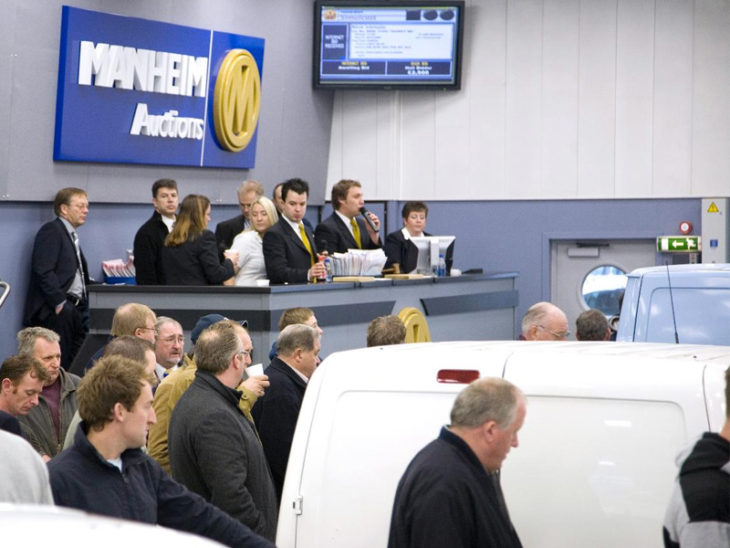The LCV marketplace remains robust, with latest data showing a year-on-year increase in wholesale volume and a drop in days to sell in August, according to Manheim.
Overall, the number of LCVs sold by the firm increased by 4% when compared to August 2018. Days to sell reduced from 15.5 to 12.5 on average thanks to good levels of buyer interest, coupled with greater use of online sales channels.
Matthew Davock, director of commercial vehicles at Manheim, said: “We’re delighted that the strategic growth of our online sales channels has helped to reduce days to sell for our vendors.
“In August, 11% of vehicles were sold online before they reached physical auction, up 7% YoY, and 39% sold via Simulcast, our online auction bidding platform.”
Average values, age and mileage all remained broadly in line with July, standing at £5,676, 63 months and 75,633 miles respectively, while average price performance against guide values improved by 1.64% month on month
Davock continued: “August is often a quiet month in the automotive industry, but this year has seen stable levels of demand, and the first time conversion rate stayed on par with July at 77%. Average selling price also remained level MoM, but guide performance improved by +1.64%.
“Despite these positive results, it’s clear that buyers are still being selective with their bids, and mileage and stock profile remained a key performance factor.
“Talking to our customers, it seems that August started well in the LCV retail arena but tailed off towards the end of the month as a seasonal feel was obvious.”
Looking ahead, Davock expects to see a reduction in overall auction volume in September.
He commented: “Traditionally it takes a little longer to see defleet LCV volume hit the market when compared to cars, so it’s unlikely we’ll see high fleet volumes at auction in September.
“On a positive note, forecasts for new LCV activity are good and new vehicle supply remains positive and healthy for most manufacturers. With this in mind, I predict strong auction volume during the final quarter of the year, particularly as companies accelerate their Euro 5 vehicle replacement programmes.”











































